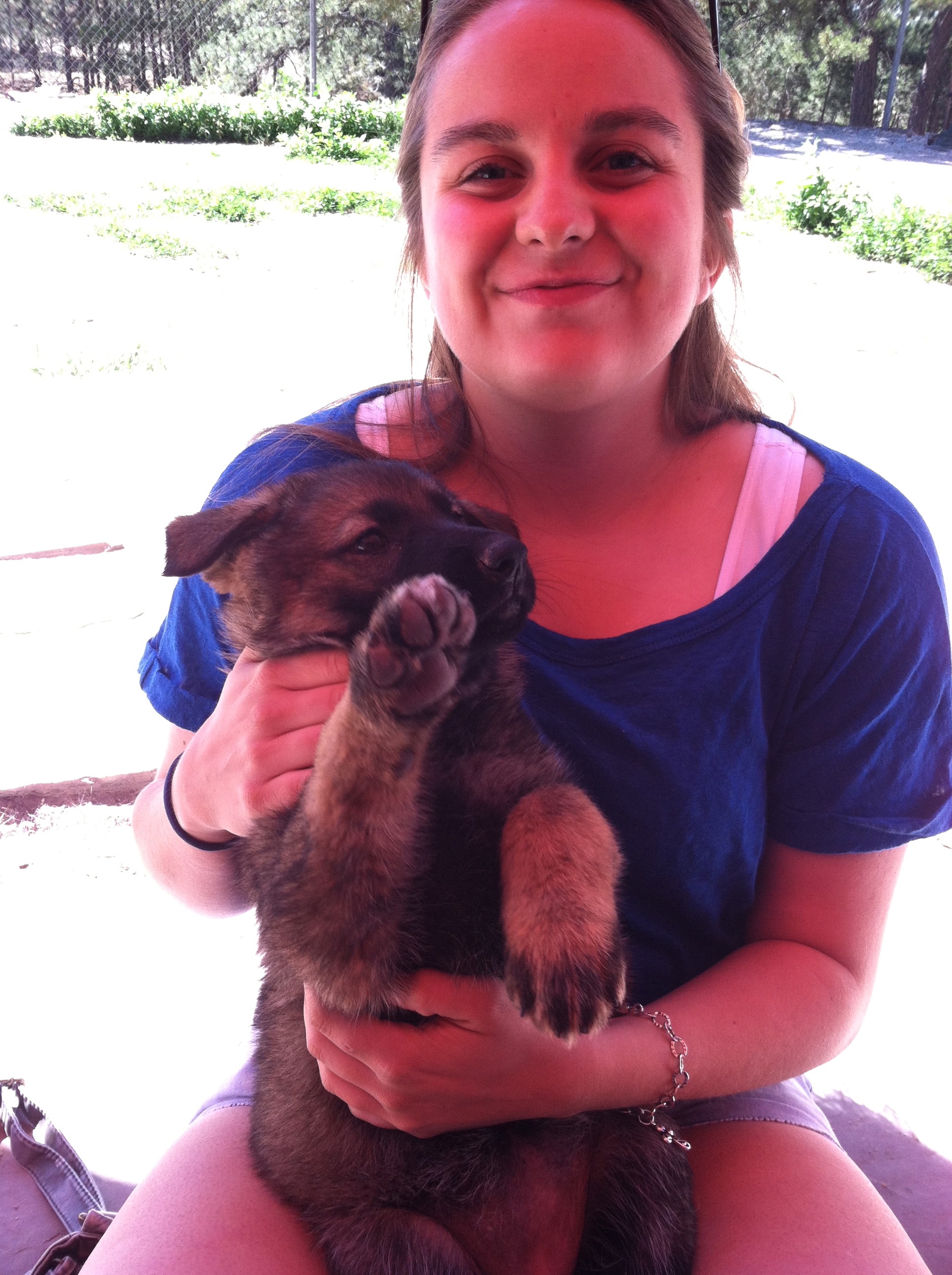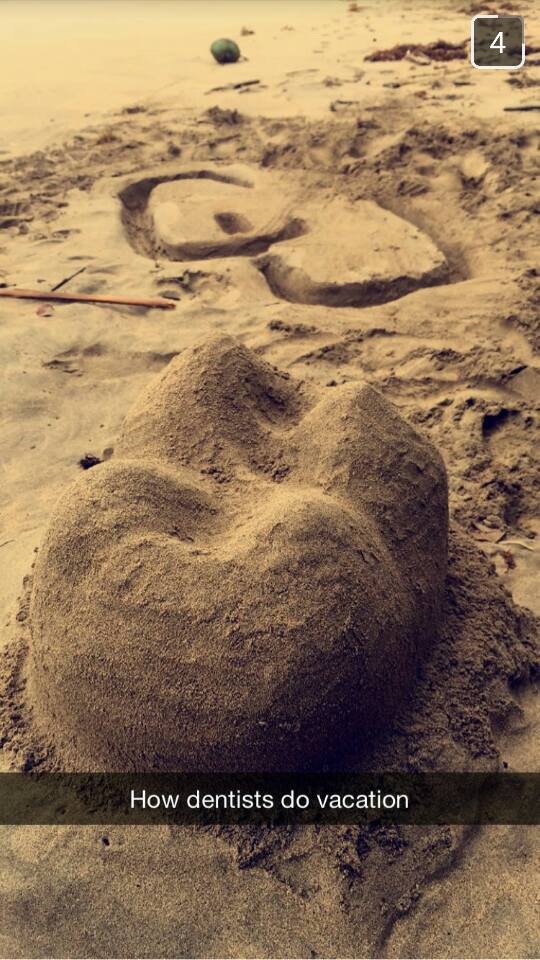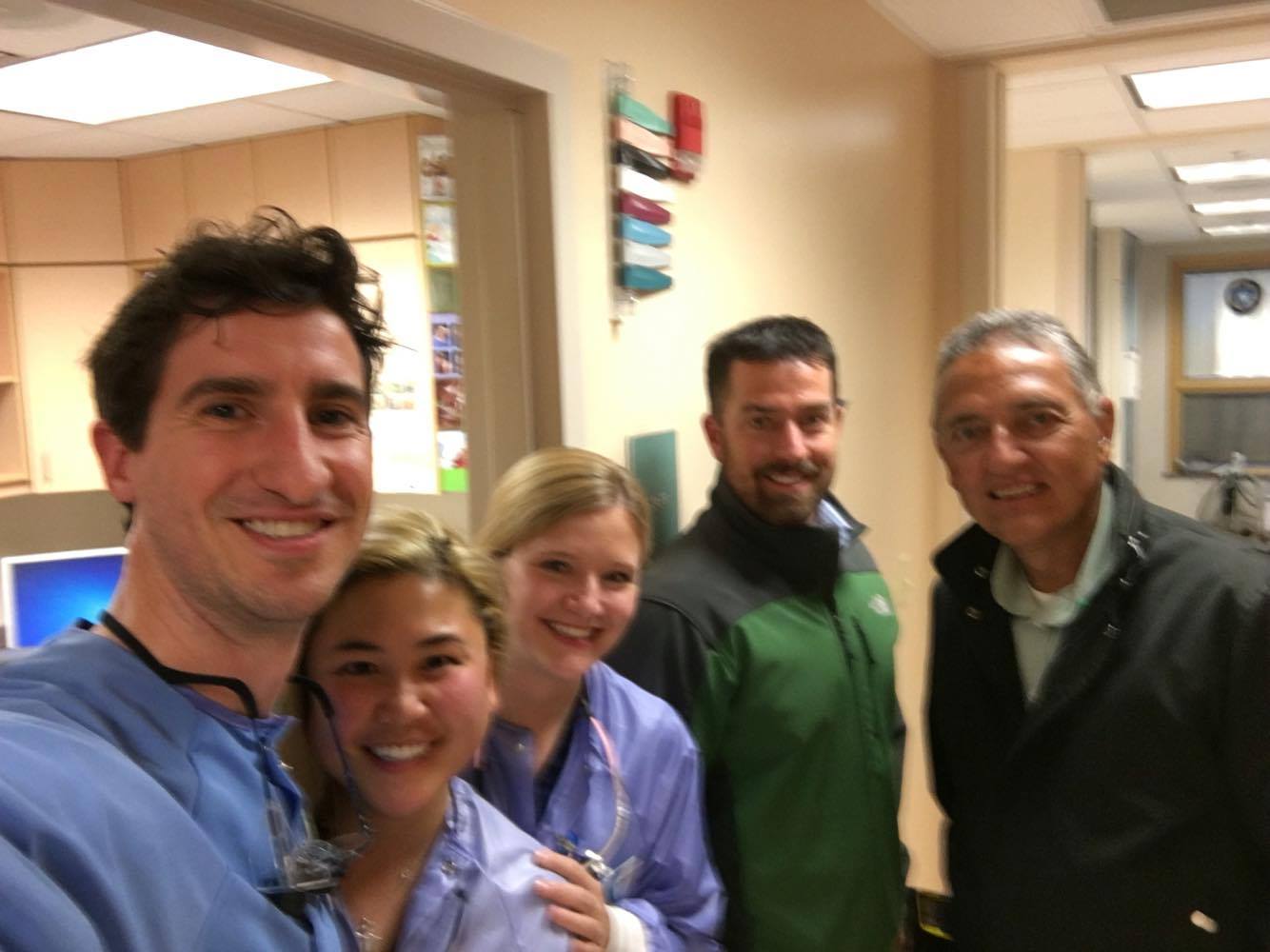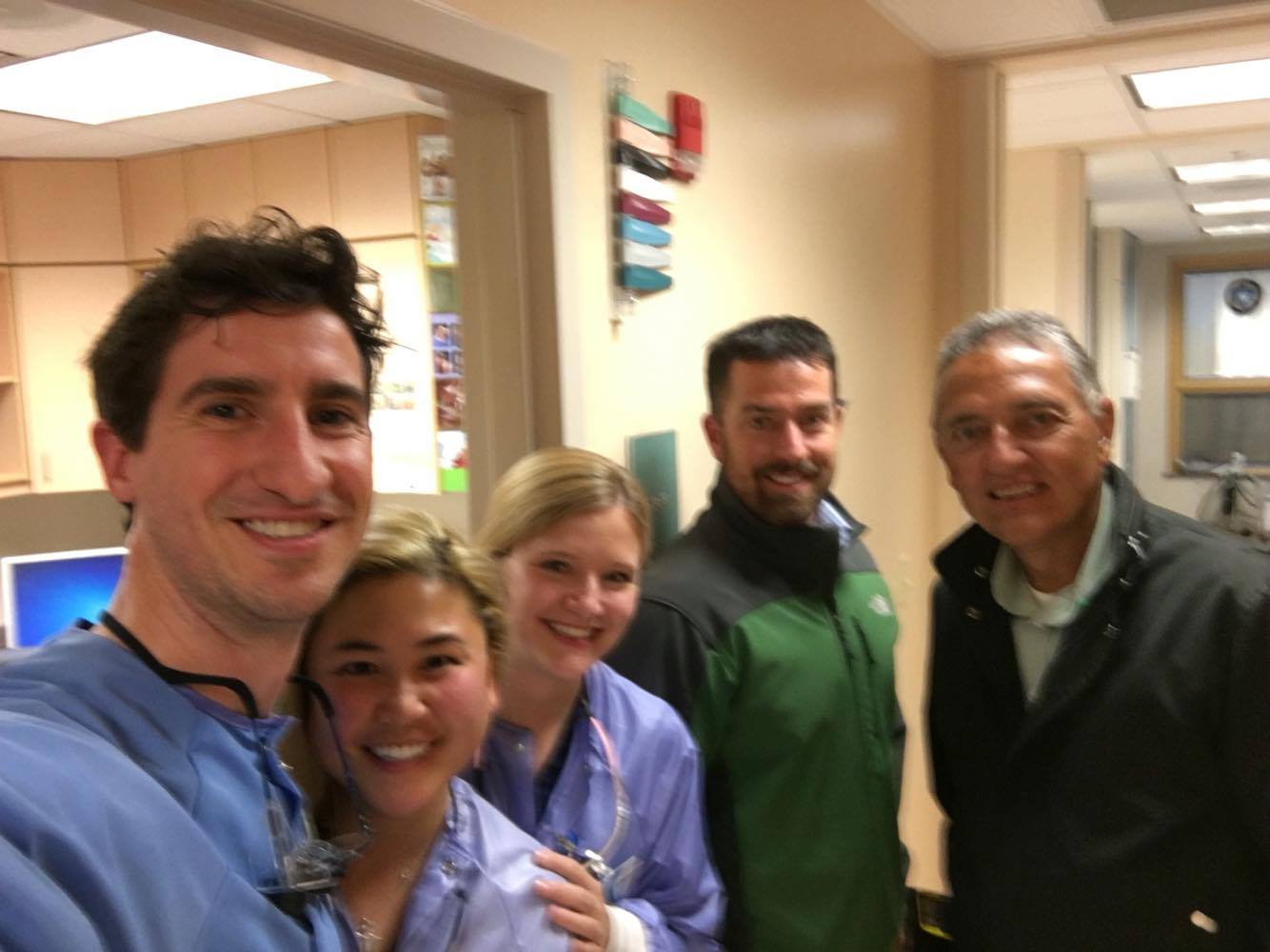 I was never much of a coffee drinker when I was younger, but this quickly changed once I got into dental school. Starting with the occasional cup on early mornings, it eventually progressed into a daily routine around Boards studying. I would set the coffee maker to brew the next morning at 6:45am so I could come upstairs to the smell of fresh-brewed, dark roast coffee. Most people—including myself—associate frequent coffee consumption with somewhat of a negative effect – especially esthetically. Staining of teeth and restorations are a common side effect of consistent coffee indulgence. Caffeine is an addictive substance, and can be responsible for withdrawals, producing symptoms such as fatigue and irritability. A person’s circadian rhythm can be affected, which can result in sleep disturbances. What I didn’t realize until reading an article last month in the Journal of the Academy of General Dentistry is that coffee has an incredible number of benefits, summarized as follows:
I was never much of a coffee drinker when I was younger, but this quickly changed once I got into dental school. Starting with the occasional cup on early mornings, it eventually progressed into a daily routine around Boards studying. I would set the coffee maker to brew the next morning at 6:45am so I could come upstairs to the smell of fresh-brewed, dark roast coffee. Most people—including myself—associate frequent coffee consumption with somewhat of a negative effect – especially esthetically. Staining of teeth and restorations are a common side effect of consistent coffee indulgence. Caffeine is an addictive substance, and can be responsible for withdrawals, producing symptoms such as fatigue and irritability. A person’s circadian rhythm can be affected, which can result in sleep disturbances. What I didn’t realize until reading an article last month in the Journal of the Academy of General Dentistry is that coffee has an incredible number of benefits, summarized as follows:
Liver: Coffee consumption is shown to be inversely related to the development of liver fibrosis. A European study done on over 500,000 men and women over the course of 11 years drew the conclusion that people who consume significant amounts of coffee (3+ cups per day) as opposed to very little (less than 1/2 cup per day) were 72% less likely to develop hepatocellular carcinoma.
Metabolism: Many studies have shown that people who consume coffee on a regular basis are 15-30% less likely to develop Type 2 diabetes.
Mind: The development of Parkinson disease is nearly 25% less likely in males who drink 4 cups of coffee per day, and 40% less likely in women who drink the same amount.
Cancer risk: The presence of chlorogenic acid, an antioxidant that repairs DNA, is likely to explain coffee’s protective effect against numerous cancers.
Heart health & strokes: A negative association has been discovered between coffee consumption and mortality due to heart disease and stroke. This is contradictory to coffee’s short-term side effects of increased heart rate and blood pressure, which is most likely due to the presence of chlorogenic acids and polyphenols.
Kidneys: Protective effects of the kidney associated with the consumption of moderate amounts of coffee, including increased efficiency of kidney filtration. 1
While I’m not advocating for people to start drinking exorbitant amounts of coffee, it is nice to know the great benefits that it offers. More importantly, this is valuable information that we can bestow upon inquisitive patients when asked whether significant coffee consumption can be harmful. Patients will be excited to learn that coffee does more good than harm. So spread the good word on coffee consumption, and go enjoy those pumpkin spice lattes this October!
- Sideman, L. M., K. N. Eckenrode, I.T. Bloom, & N. Bashirelahi. (2016). What every dentist should know about coffee. Academy of General Dentistry, 64(4). Retrieved from http://www.agd.org/mtools/imis/contactmanagement/sign_in.aspx?returnurl=/mtools/lqpredirect.aspx&agdredirect= http://www.agd.org/publications-media/publications/general-dentistry/general-dentistry-archives.aspx.



















